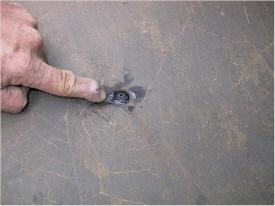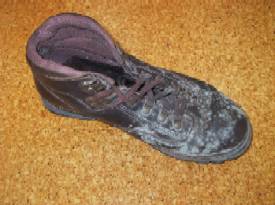 Moisture
condensation in buildings can support mould growth, particularly in
bathrooms, bedrooms and, in some cases, wardrobes.
Many factors affect the location and severity of condensation.
Usually, condensation is related to normal occupation of the living
space.
However, condensation may be an indicator of some other problem.
Moisture
condensation in buildings can support mould growth, particularly in
bathrooms, bedrooms and, in some cases, wardrobes.
Many factors affect the location and severity of condensation.
Usually, condensation is related to normal occupation of the living
space.
However, condensation may be an indicator of some other problem.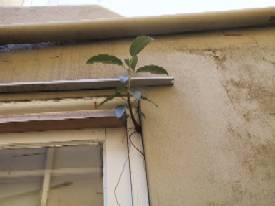 Many
old brick buildings such as Victorian Terraces have solid brick external
walls which depend on the cement rendering and paint coating for their
waterproof integrity.
Many
old brick buildings such as Victorian Terraces have solid brick external
walls which depend on the cement rendering and paint coating for their
waterproof integrity.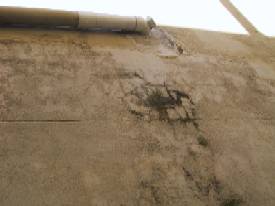
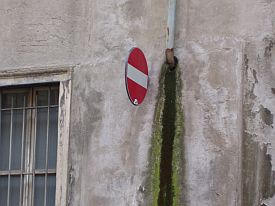
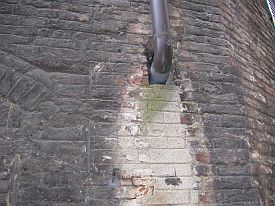
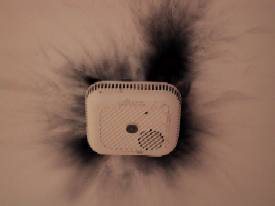 When
rain water enters the structure of a building there is a substantial risk
of damage to the electrical system because water may pond on the ceiling
and, frequently, the only drainage outlet is through the opening in the
ceiling for the electric wires to the light fitting. There is also some
risk of fire.
When
rain water enters the structure of a building there is a substantial risk
of damage to the electrical system because water may pond on the ceiling
and, frequently, the only drainage outlet is through the opening in the
ceiling for the electric wires to the light fitting. There is also some
risk of fire.